Exploring the Science Behind Cavitation Machines: Revolutionizing Fat Reduction Technology
In recent years, the field of non-invasive body contouring has witnessed significant advancements, with the Cavitation Machine emerging as a groundbreaking technology in fat reduction. This innovative device harnesses the power of ultrasound waves to create microscopic bubbles in fat tissues, leading to their effective breakdown and elimination. As more individuals seek safer and more efficient alternatives to traditional liposuction, understanding how the Cavitation Machine works becomes essential. This article explores the science behind this revolutionary fat reduction technology, delving into the mechanisms of cavitation, its benefits, and practical tips for maximizing results. By uncovering the intricate relationship between technology and physiology, we hope to provide insights that empower users to make informed decisions about their body sculpting journeys.
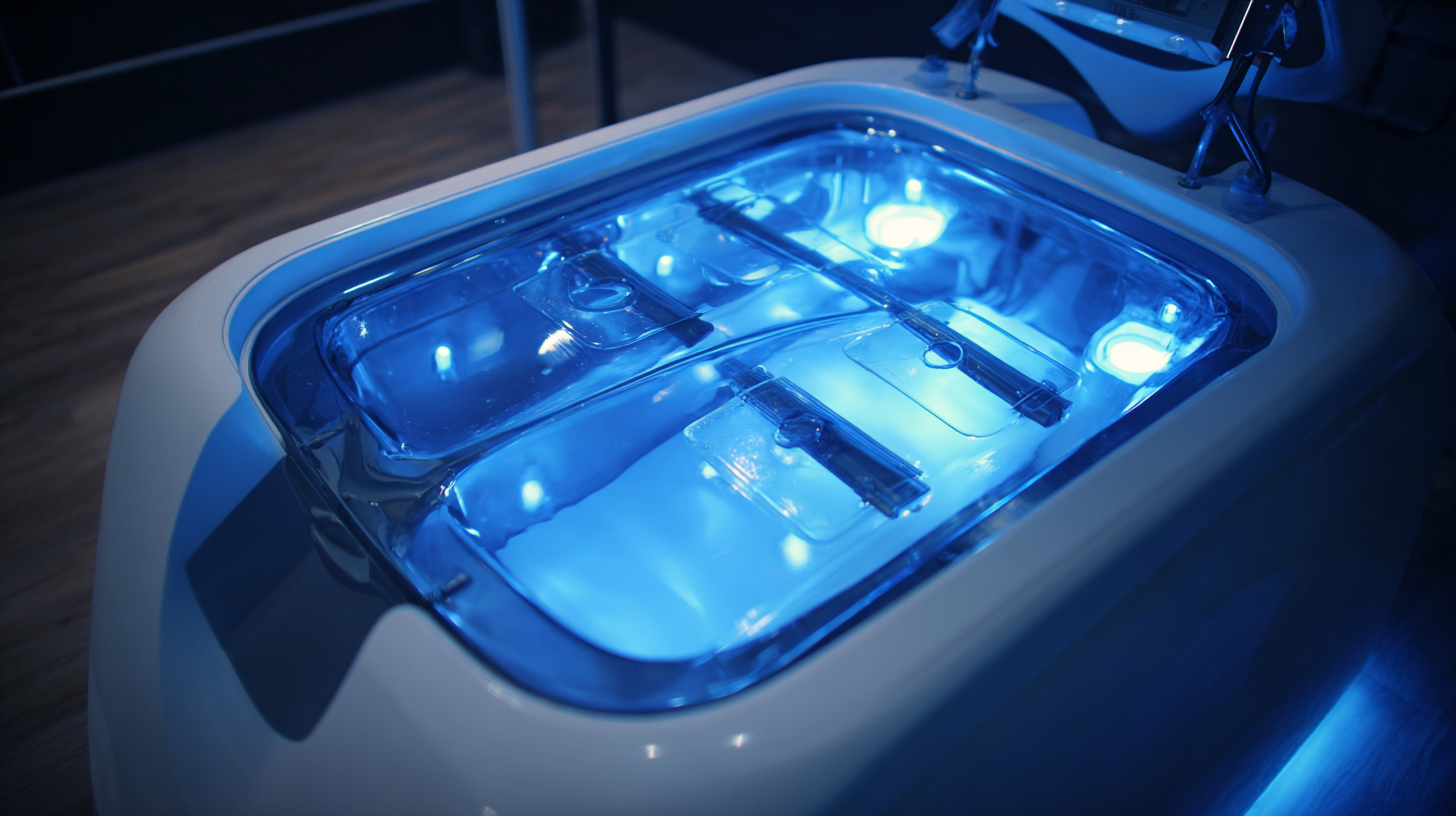
Understanding the Mechanism of Cavitation in Fat Reduction Technologies
Cavitation technology has emerged as a groundbreaking method in the realm of fat reduction, capitalizing on the principles of physics to target and eliminate stubborn fat cells. At its core, cavitation involves the formation and collapse of microscopic bubbles in a liquid medium, which occurs when ultrasonic waves pass through the skin. This rapid fluctuation causes pressure changes that lead to the disruption of fat cell membranes, effectively breaking them apart without harming surrounding tissues.
The mechanism underlying cavitation is fascinating and revolves around the principles of ultrasonic sound waves and their interaction with adipose tissue. When these sound waves are applied to the skin, they create low-pressure areas that allow bubbles to form. As the bubbles grow and eventually implode, they generate shock waves that resonate within the fat cells. This process not only reduces the size of fat deposits but also promotes lymphatic drainage, enhancing the body’s natural ability to eliminate the released fatty substances. The synergy of these effects positions cavitation as a leading technology in non-invasive body contouring, offering promising results for individuals seeking effective fat reduction solutions.

Benefits of Cavitation Machines Over Traditional Fat Loss Methods
Cavitation machines are redefining the landscape of fat reduction technology, offering significant advantages over traditional fat loss methods. Unlike invasive procedures like liposuction, ultrasonic cavitation employs sound waves to target and break down fat cells. This non-surgical technique is not only less costly but also minimizes recovery time, making it an appealing choice for those seeking effective weight loss solutions. According to industry reports, this method can lead to a reduction in fat deposits, as it effectively disrupts adipose tissue while ensuring surrounding structures remain unaffected.
The benefits of cavitation machines extend beyond just fat reduction. They also contribute to improved lymphatic drainage, which helps to eliminate toxins and reduce puffiness. Studies indicate that users of lymphatic drainage machines report a decrease in cellulite appearance and overall body contouring. Furthermore, many users have experienced significant weight loss, attributed to the dual action of fat cell destruction and enhanced detoxification processes. As this technology continues to evolve, the popularity of cavitation as a trusted alternative in the aesthetics industry is expected to rise, providing a viable path for individuals aiming to achieve their body goals safely and effectively.
Exploring the Science Behind Cavitation Machines: Revolutionizing Fat Reduction Technology - Benefits of Cavitation Machines Over Traditional Fat Loss Methods
| Feature | Cavitation Machines | Traditional Methods |
|---|---|---|
| Non-Invasive | Yes | No (Surgery Required) |
| Recovery Time | None | Weeks |
| Comfort Level | High | Variable |
| Targeted Fat Reduction | Yes | Limited |
| Sessions Required | 3-12 | Multiple for Results |
| Result Longevity | Can Last with Maintenance | Variable |
| Cost | Moderate | High |
Analyzing Clinical Studies: Effectiveness of Cavitation for Body Contouring
Cavitation machines have emerged as a breakthrough in the realm of body contouring, offering a non-invasive solution for fat reduction through ultrasound technology. Clinical studies have shown promising results, indicating that cavitation can effectively reduce subcutaneous fat. For instance, a study published in the Journal of Therapeutic Advances in Chronic Disease found that patients experienced an average fat reduction of 2.0 cm in waist circumference after just a few sessions. These findings are supported by further research from the International Journal of Cosmetic Science, where 75% of participants reported noticeable improvements in body shape following a series of cavitation treatments.
Moreover, the effectiveness of cavitation is not just anecdotal; it's backed by measurable data. The European Association for the Study of Obesity has indicated that ultrasound cavitation treatments can lead to a 45% reduction in fat cells in targeted areas after a minimum of four sessions. This data showcases the potential of cavitation machines as a viable option for those seeking body contouring, particularly for stubborn fat areas that resist traditional weight loss methods. The evolution of this technology marks a significant advancement in aesthetic medicine, merging innovative science with practical applications in fat reduction.
Effectiveness of Cavitation Machines for Body Contouring
This chart illustrates the average fat reduction measured in centimeters after undergoing different numbers of cavitation sessions. The data indicates a progressive increase in fat reduction correlating with the number of treatment sessions, showcasing the potential effectiveness of cavitation machines in body contouring.
Safety and Risks Associated with Using Cavitation Machines
Cavitation machines have gained popularity for their ability to target and reduce stubborn fat deposits. However, while they offer an innovative approach to body contouring, it's crucial to consider the safety and potential risks associated with their use. One of the primary concerns is skin sensitivity – individuals with delicate skin may experience irritation or adverse reactions post-treatment. It's essential to consult with a qualified professional to assess skin type and tolerance before undergoing cavitation therapy.
Tips for ensuring a safe experience with cavitation machines include choosing a reputable clinic with certified technicians who prioritize hygiene and safety standards. Always inquire about the equipment used and do not hesitate to ask for client testimonials or results. Additionally, staying hydrated before and after the procedure can help aid the body's natural detoxification processes, enhancing the overall effectiveness of the treatment while minimizing potential discomfort.
Moreover, it’s advisable to discuss any underlying health conditions or medications with your technician. Certain medical issues, such as heart conditions or skin diseases, could pose a risk during treatment. By being informed and cautious, clients can enjoy the benefits of cavitation technology while mitigating any associated risks.
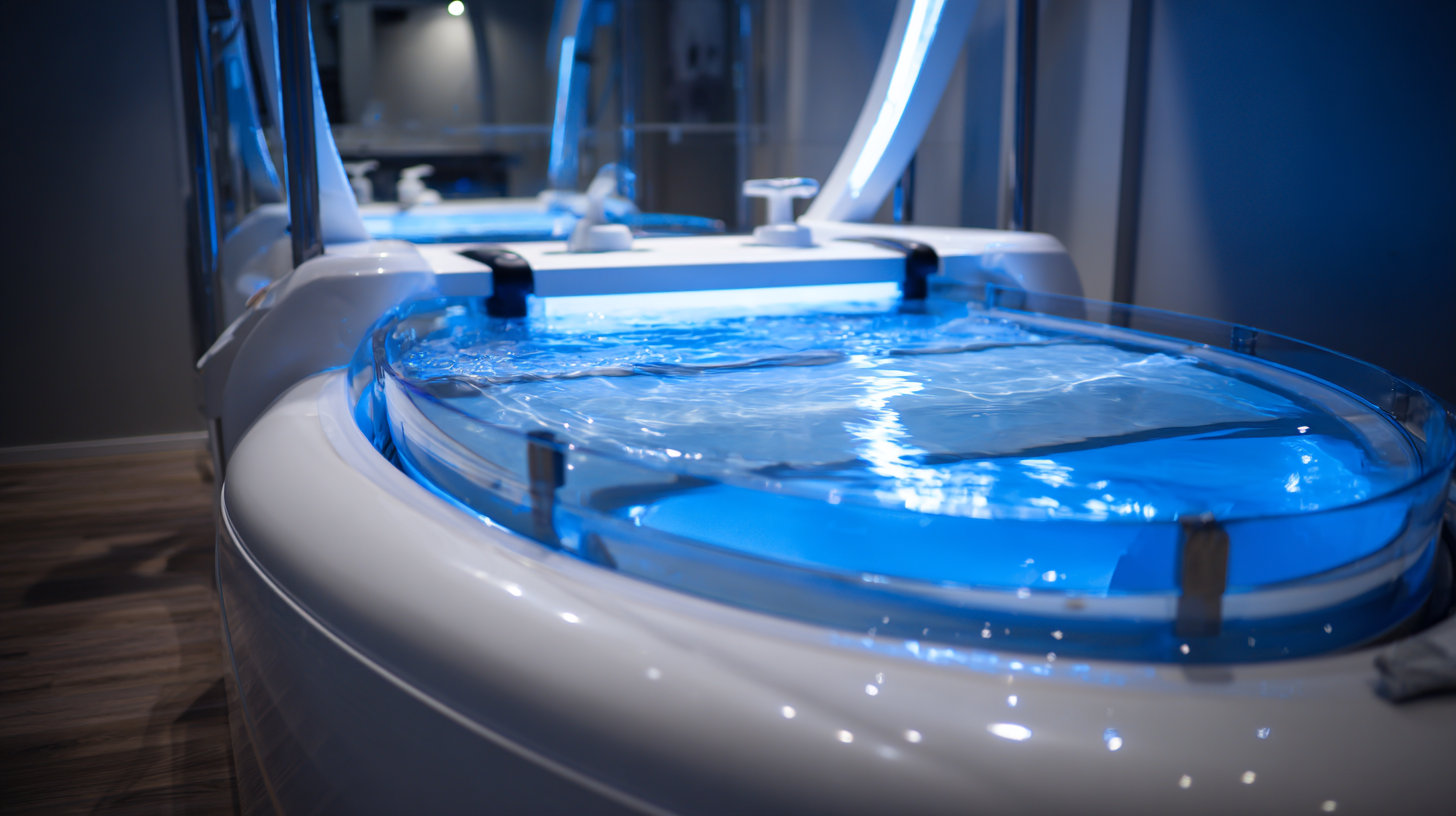
Industry Trends: The Future of Non-Invasive Fat Reduction Solutions
The future of non-invasive fat reduction solutions is increasingly shaped by advancements in technologies such as cavitation machines. The global weight management market is expected to reach a staggering USD 896.5 billion, indicating a substantial demand for innovative fat reduction techniques. These trends reflect a growing preference for safe, sustainable, and non-invasive procedures, aligning with insights from industry experts who emphasize the need for combination treatments that include modalities like radiofrequency and ultrasound to enhance patient outcomes.
In the context of body contouring, the statistics are promising. The Medical Aesthetics Market is projected to grow significantly, valued at USD 38 billion by 2024, with a trajectory toward reaching USD 59.4 billion by 2033. This growth is supported by rising consumer interest in treatments that offer effective results without the need for surgical intervention. The demand for non-invasive technologies is exemplified by the Body Fat Reduction Market, which is increasingly adopting minimally invasive procedures, reshaping the aesthetics industry landscape and paving the way for future innovations in fat reduction technology.
Related Posts
-

How to Choose the Right Cavitation Machine for Your Business Needs
-
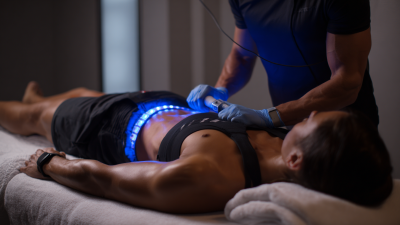
Unlocking the Science Behind Cavitation Machines Discovering Their Impact on Body Contouring and Fat Reduction
-
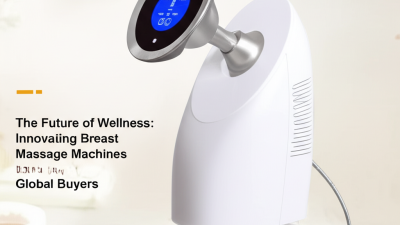
The Future of Wellness: Innovating Breast Massage Machines for Global Buyers
-
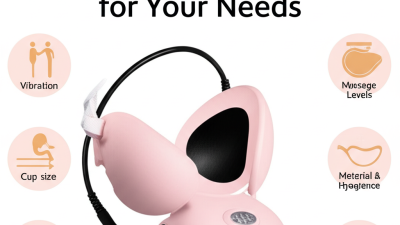
How to Choose the Right Breast Massage Machine for Your Needs
-

Maximizing Value with Best Cryolipolysis Slimming Machine Through Exceptional After Sales Support and Cost Efficiency
-

How to Maximize Your Skincare Routine with an Oxygen Jet Machine
